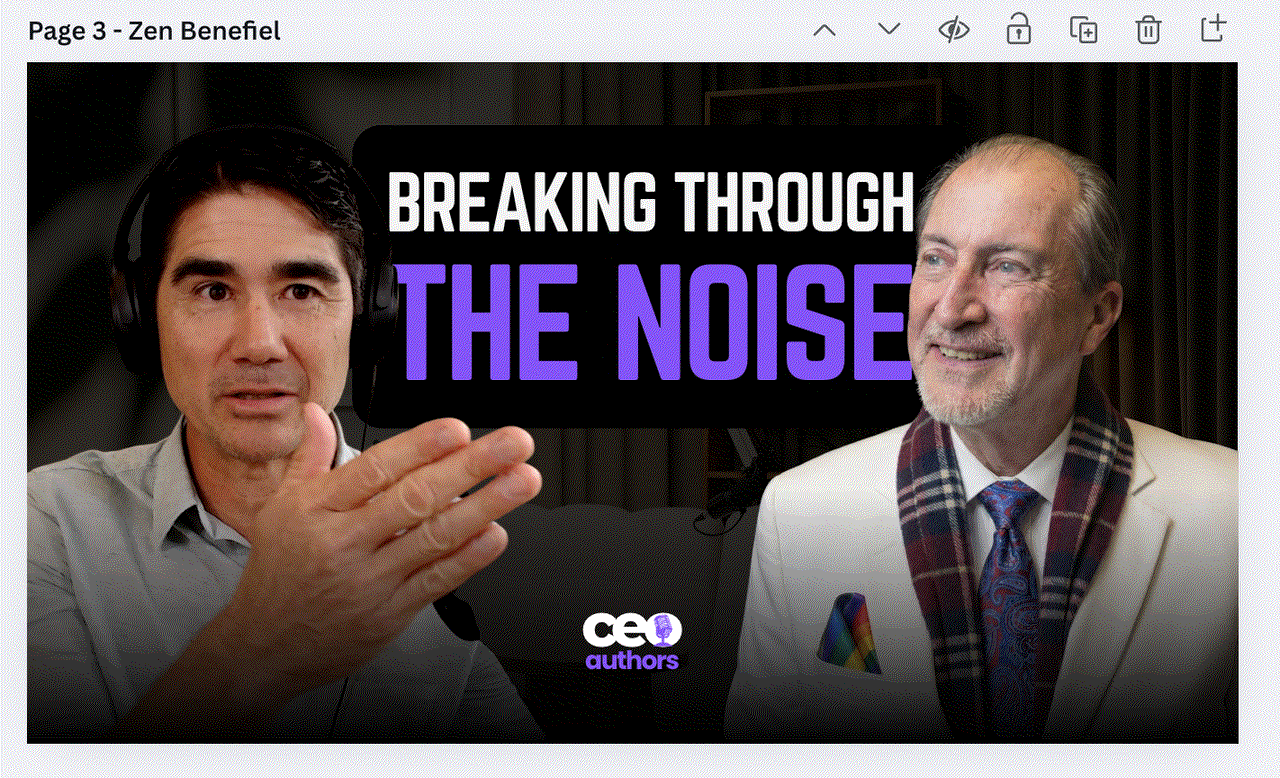Oct03

Here are six "watch-outs" that senior managers should keep in mind to ensure the success of out-of-the-box innovation:
Recognize that "out-of-the-box" innovation is a distinct discipline that requires different approaches than incremental innovation.
Specifically, new businesses need to be supported through the "white space" between validation and becoming a substantial business line. This requires different metrics for judging progress, funding mechanisms that acknowledge a high degree of uncertainty, and a different organizational paradigm than the rest of the company.
Establish a clear innovation mandate and communicate it consistently.
Senior managers should not only talk about the importance of innovation, they should actively invest in it, even at the expense of their own short-term performance and readily available metrics. Otherwise, middle managers and staff will likely prioritize the day-to-day business.
Define and communicate "meaningful search fields," which are areas where out-of-the-box innovation is desired and areas where it is not.
This will provide direction and guardrails for teams tasked with coming up with new business ideas. Without such direction, there is a danger of generating ideas that are not aligned with the overall business and/or overlooking promising opportunities.
Understand and accept the inherent uncertainty of out-of-the-box innovation.
Not all innovative ideas will be successful, but failures should be viewed as learning opportunities, not black marks against the people involved. Senior managers should actively work to protect those involved in innovation from negative repercussions within the company arising from these inevitable failures.
Put your skin in the game, provide dedicated funding and resources for out-of-the-box innovation and protect them.
Just as importantly, senior managers should recognize that people are watching closely if Senior Management walks the talk and people are a key resource and not assume that Core teams will naturally prioritize innovation over their day-to-day responsibilities.
Recognize that success in out-of-the-box innovation likely means changing the company's identity and that this can be psychologically difficult for those who have had long careers in the existing business.
Building a new business is not a side project: it may eventually become the main thing. Different types of people are needed for different stages of innovation, from coming up with ideas to validating them to scaling them up into successful businesses. A "one-company" mindset that bridges the gap between the existing business and the NEW is crucial. This requires an understanding of the different operating models and metrics used by each and clear communication of the overall goals and vision for the company.
(More details and ideas on how to operationalize thes itesm are in my new book, https://www.leanscaleup.com/book)
By Frank Mattes
Keywords: Innovation, Leadership, Lean Startup
 Glimpses of Agentic Intelligence: Gemini-3-Flash Navigating Mock ARC-AGI-3 Grid Worlds
Glimpses of Agentic Intelligence: Gemini-3-Flash Navigating Mock ARC-AGI-3 Grid Worlds Leadership Vacancies are Predictable. The Costs of Being Unprepared.
Leadership Vacancies are Predictable. The Costs of Being Unprepared. The Power of Self-Love: Insights from Karl Taft and Zen Benefiel
The Power of Self-Love: Insights from Karl Taft and Zen Benefiel Every Role Is a Sustainability Role
Every Role Is a Sustainability Role The Corix Partners Friday Reading List - December 26, 2025
The Corix Partners Friday Reading List - December 26, 2025